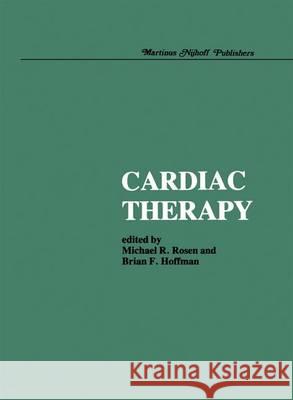Cardiac Therapy » książka
Cardiac Therapy
ISBN-13: 9781461338574 / Angielski / Miękka / 2012 / 568 str.
Cardiac therapy has become ever more complex during the past quarter century. For example, 25 years ago, the therapy of cardiac failure was largely limited to digitalis, a very few diuretics, salt restriction, and general supportive measures. Antiarrhythmic therapy involved - in the main - quinidine, procainamide, and digitalis, and questions such as which arrhythmia to treat and how to measure drug efficacy had been addressed in elementary fashion only. Cardiac surgery was limited largely to congenital and valvular heart disease; the areas of cardiac pacemaker therapy, defibrillation and other forms of electrical diagnosis and therapy were rudimentary. The expansion of support of cardiovascular research by the National Institutes of Health as well as by institutional sources following World War II has led to major successes in clinical health care delivery and improved technology made available to clinical investigators. In reviewing progress over the past 25 years, we have been particularly impressed by one observation: this is the important interaction that has developed between studies of pathophysiology and the delivery of appropriate cardiac therapy.











